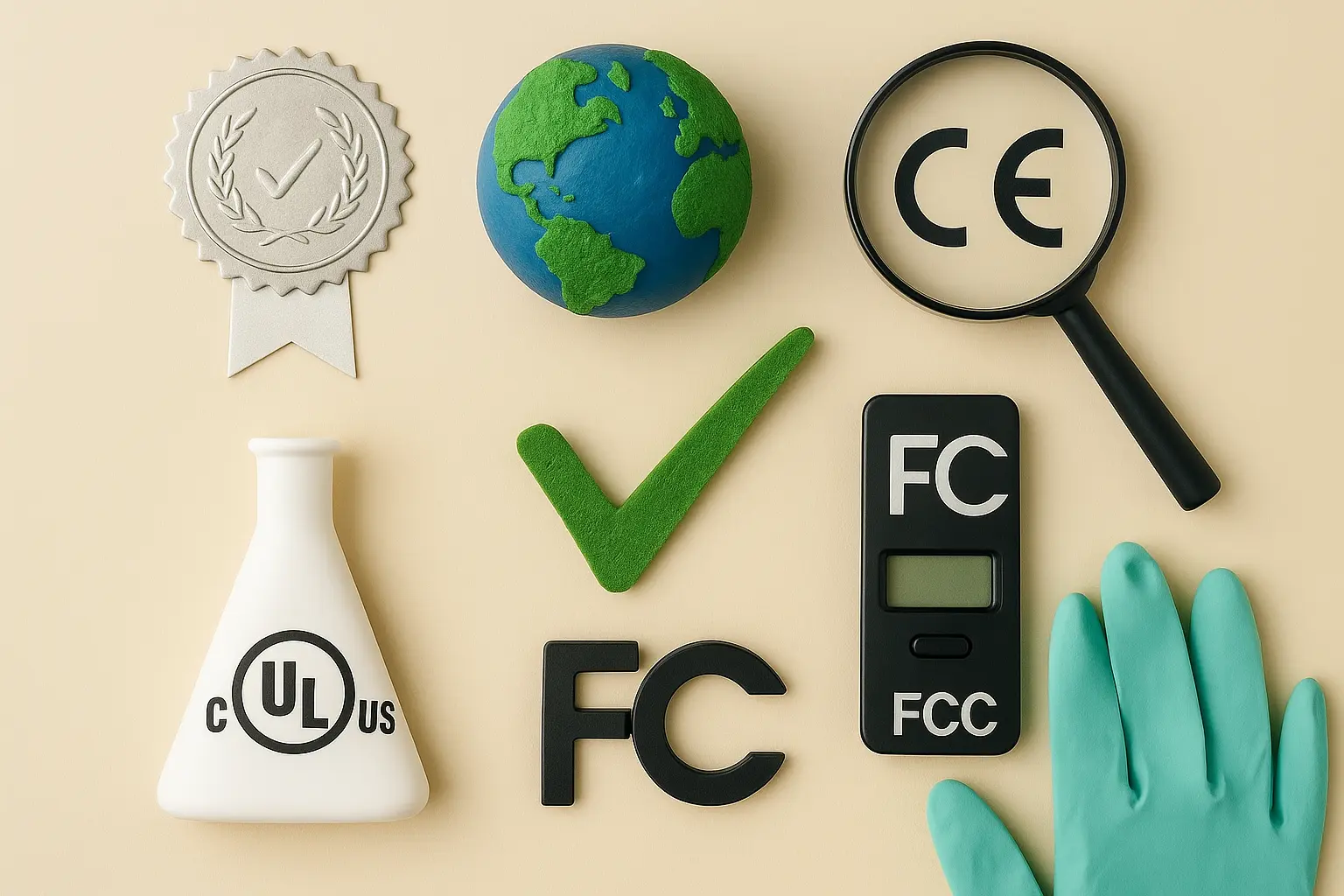Vehicle Type Approval Certification
The Vehicle Type Approval (VTA) certification is a critical regulatory requirement that ensures vehicles meet stringent safety and environmental standards before being placed on the market. This certification process is mandatory for all new vehicle types intended to be sold in Europe, where it is overseen by the European Union's New Regulatory Framework (NRF).
The VTA process involves several stages including type approval applications, technical documentation review, and laboratory testing. It ensures that vehicles comply with EU directives on safety, emissions, and other environmental regulations. Compliance with these standards not only protects public health but also contributes to reducing the overall environmental impact of transportation.
For manufacturers aiming to sell their vehicles in Europe or meet international standards, achieving VTA is essential. The process requires a comprehensive understanding of EU directives such as those outlined in ECE-R12, R46, and others which govern various aspects of vehicle safety, emissions control, and environmental impact.
The complexity of the certification process necessitates meticulous planning and execution to ensure all requirements are met. This includes detailed documentation, rigorous testing procedures, and adherence to strict timelines. Failure to comply can result in significant financial penalties or even withdrawal from the market.
At our laboratory, we provide comprehensive support throughout the VTA process, offering expert guidance on how to navigate regulatory requirements effectively. Our team of professionals specializes in helping clients understand the nuances of these regulations and develop strategies for successful certification.
Why It Matters
The importance of Vehicle Type Approval cannot be overstated as it directly impacts a manufacturer’s ability to bring innovative products to market while ensuring they meet the highest safety standards. Achieving VTA not only opens doors to lucrative European markets but also enhances brand reputation and consumer trust.
From a regulatory standpoint, VTA ensures that vehicles sold in Europe are safe for consumers and contribute positively to environmental sustainability goals set by the EU. By adhering to stringent testing protocols, manufacturers play a crucial role in reducing vehicle emissions and improving road safety metrics across member states.
For quality managers and compliance officers within manufacturing organizations, understanding VTA is vital as it affects supply chain decisions, production schedules, and ultimately consumer satisfaction. Ensuring that products meet these rigorous standards helps maintain brand integrity and fosters long-term business relationships with regulatory bodies.
Scope and Methodology
| Stage | Description | Key Requirements |
|---|---|---|
| Type Approval Application | The initial submission of all necessary documentation and technical data to the relevant authority. | Inclusion of detailed vehicle specifications, emission levels, safety features etc. |
| Technical Documentation Review | Comprehensive examination of submitted documents by authorized experts. | Verification against applicable EU directives and standards. |
| Laboratory Testing | Rigorous testing in controlled environments to assess compliance with regulations. | Emissions testing, crashworthiness evaluations etc. |
Environmental and Sustainability Contributions
VTA plays a pivotal role in promoting environmental sustainability by encouraging the development of cleaner, more efficient vehicles. Through stringent emission standards and safety criteria, VTA helps reduce greenhouse gas emissions and improve air quality.
The certification process ensures that all new vehicle types introduced to European markets are designed with minimal ecological footprint in mind. This contributes significantly towards achieving broader environmental goals such as the Paris Agreement targets.
Moreover, compliance with VTA fosters innovation within the automotive industry by driving research into alternative fuels and advanced propulsion technologies. As a result, consumers benefit from increased choice and lower operational costs associated with eco-friendly transportation solutions.





